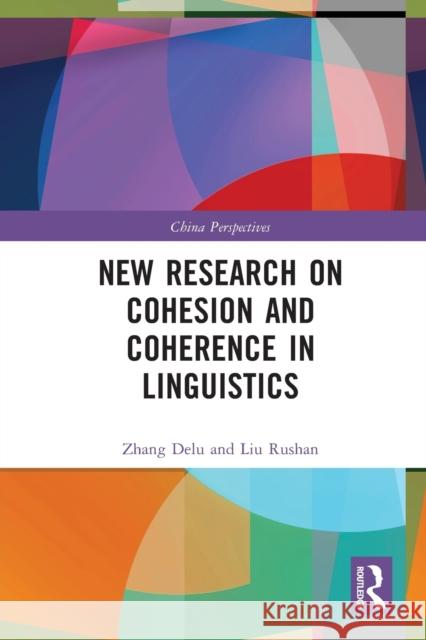New Research on Cohesion and Coherence in Linguistics » książka
New Research on Cohesion and Coherence in Linguistics
ISBN-13: 9781032039909 / Angielski
New Research on Cohesion and Coherence in Linguistics
ISBN-13: 9781032039909 / Angielski
(netto: 185,77 VAT: 5%)
Najniższa cena z 30 dni: 193,06
ok. 22 dni roboczych
Dostawa w 2026 r.
Darmowa dostawa!
The study of text cohesion and coherence has been a topic of heated discussion in Linguistics since the 1990s. Western linguists have developed two major theoretical frameworks to describe the relationship between the two concepts: one posits that cohesive devices are important means to ensure cohesion; the other argues that coherence does not rely on cohesion. Yet neither has complete explanatory power over reality; nor can they solve real-life problems.This title proposes a creative, concrete, and highly operational theoretical model that unites cohesion and coherence using authentic English or Chinese examples. The authors clarify the concepts of coherence and expand the scope of the research by focusing on a variety of internal and external factors, such as psycho-cognitive and socio-cultural factors. Moreover, the authors propose that the new theoretical paradigm can be applied to a range of other disciplines, including translation and foreign language teaching.This title has been one of the most cited works on cohesion and coherence in China. Students and scholars of discourse analysis, linguistics, and language education will find this an invaluable reference.
The study of text cohesion and coherence has been a topic of heated discussion in Linguistics since the 1990s. Western linguists have developed two major theoretical frameworks to describe the relationship between the two concepts: one posits that cohesive devices are important means to ensure cohesion; the other argues that coherence does not rely on cohesion. Yet neither has complete explanatory power over reality; nor can they solve real-life problems.
This title proposes a creative, concrete, and highly operational theoretical model that unites cohesion and coherence using authentic English or Chinese examples. The authors clarify the concepts of coherence and expand the scope of the research by focusing on a variety of internal and external factors, such as psycho-cognitive and socio-cultural factors. Moreover, the authors propose that the new theoretical paradigm can be applied to a range of other disciplines, including translation and foreign language teaching.
This title has been one of the most cited works on cohesion and coherence in China. Students and scholars of discourse analysis, linguistics, and language education will find this an invaluable reference.











